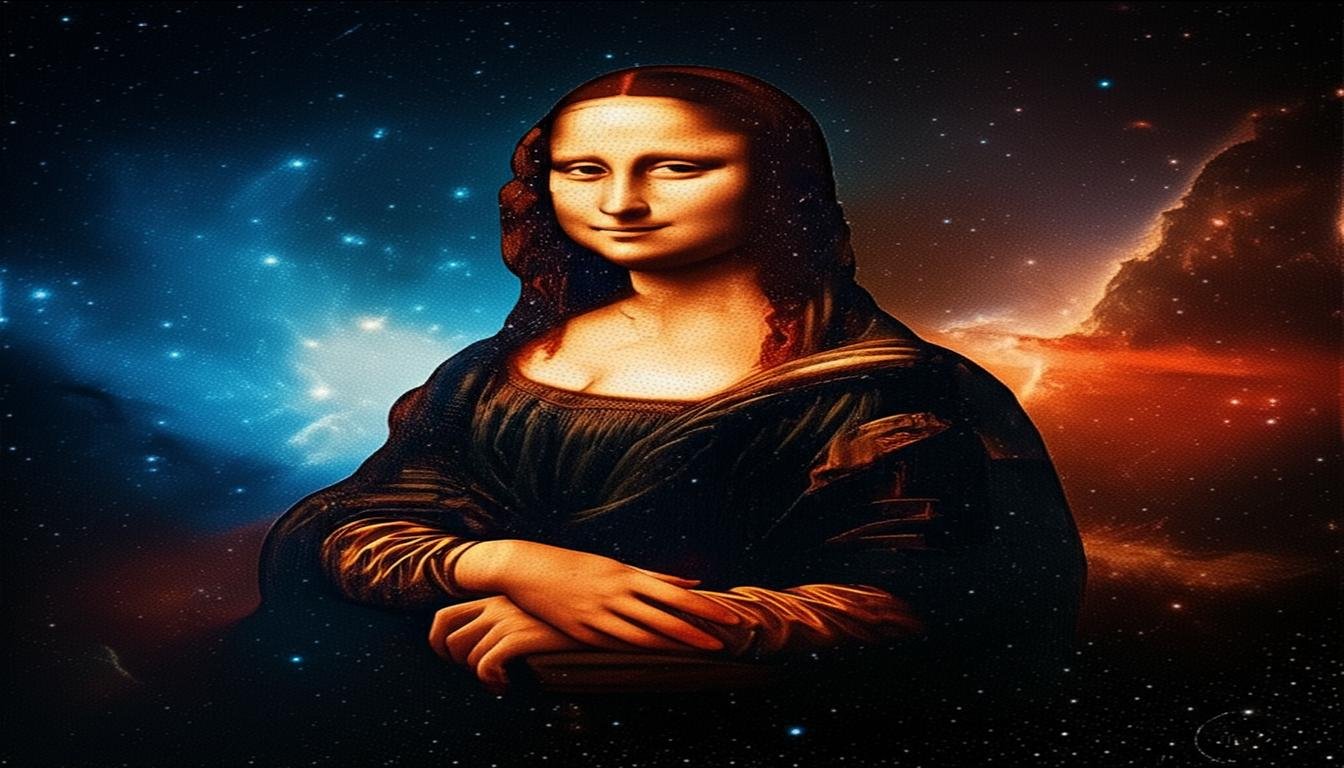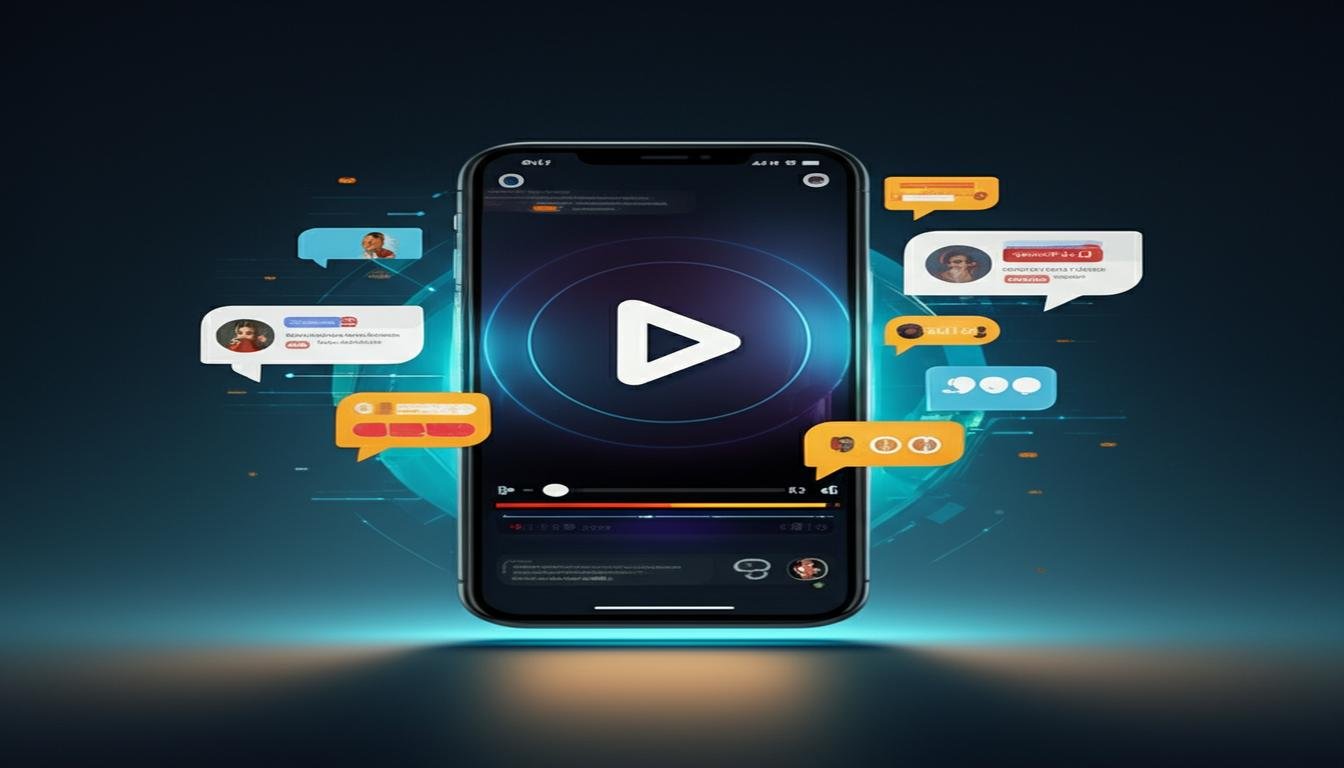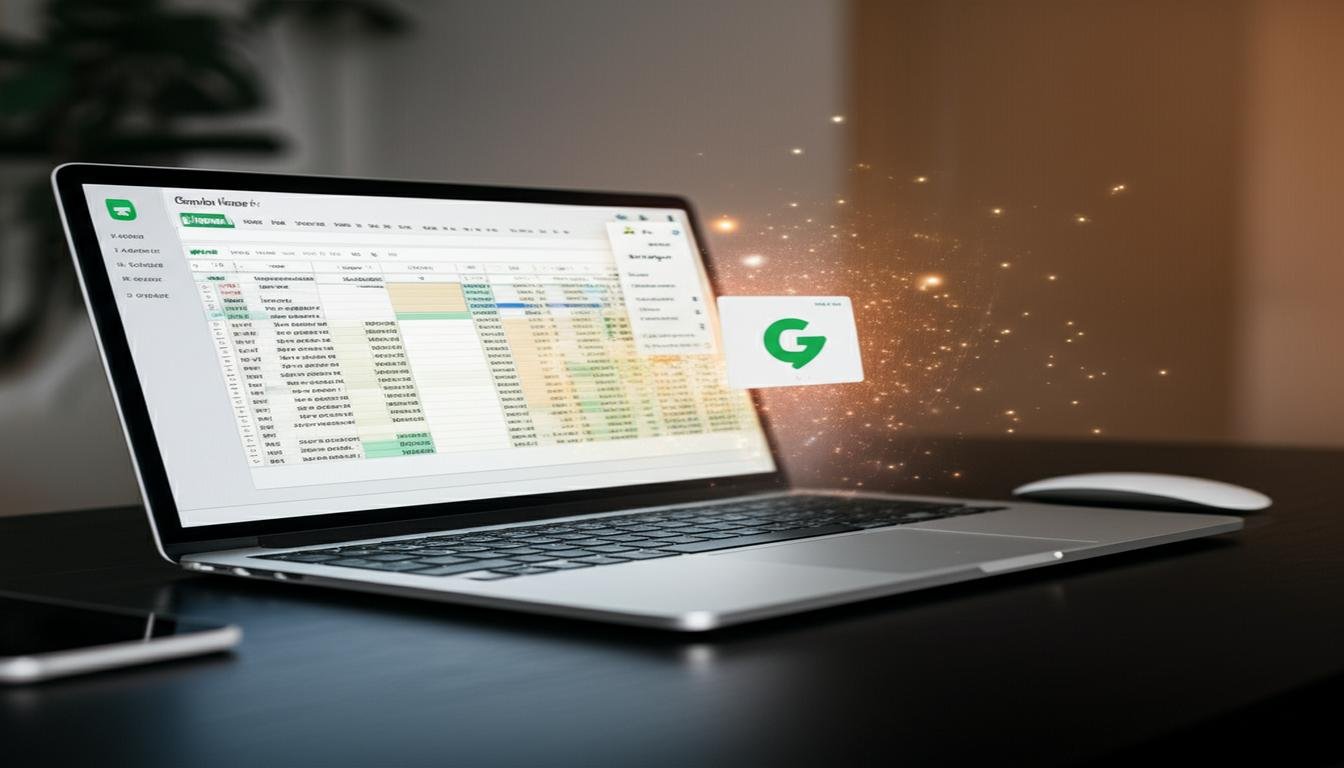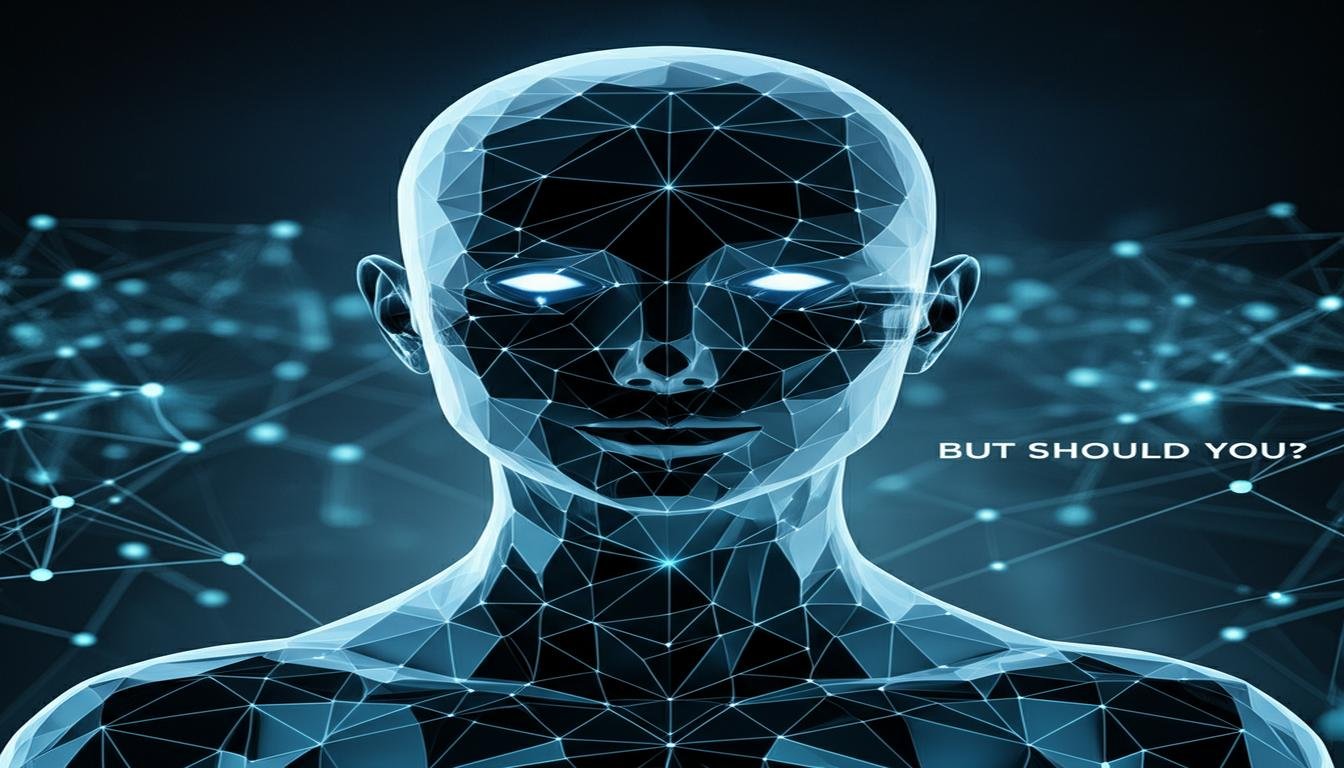Okay, let’s be real for a second. When I first heard about AI-generated art, I pictured futuristic robots churning out soulless images. I definitely didn’t imagine it as a way to actually make money. Fast forward a few months, and here I am, sharing exactly how I pulled in over $1,000 using nothing but AI art tools and a bit of creativity. If you’ve been wondering if this AI art thing is just hype or a genuine opportunity, stick around. I’m going to walk you through my exact step-by-step process, no fluff, just what worked for me.
My “Aha!” Moment with AI Art
Like many of you, I dabbled. I signed up for a free trial of Midjourney, just messing around, creating funny animal pictures or surreal landscapes. It was fun, but it felt like a toy. Then, I saw someone online selling AI-generated digital prints on Etsy. Not physical prints, just digital files people could download and print themselves. My mind kind of exploded.
I thought, “Wait, people are paying for this? For something I can create in minutes?” That’s when my perspective shifted. It wasn’t just about cool images; it was about leveraging a powerful tool to create something valuable for others. This was my personal “aha!” moment – realizing the commercial potential of creative AI tools wasn’t just a distant dream, but a current reality.
Step 1: Choosing Your AI Art Generator
This is where it all begins. There are a few big players in the AI art space, each with its own quirks and strengths. You’ve got:
- Midjourney: Fantastic for artistic, often painterly or fantastical styles. It’s what I primarily used for my sales.
- DALL-E 3 (via ChatGPT Plus): Great for precise results, incorporating text, and generally very user-friendly.
- Stable Diffusion: Open-source, highly customizable, but often requires a bit more technical know-how.
I started with Midjourney because its results often looked the most “finished” and aesthetically pleasing right out of the gate. For selling digital art, especially for wall decor or print-on-demand items, the quality and unique aesthetic of Midjourney really stood out. I highly recommend spending some time experimenting with a few different platforms to see which one clicks with your creative flow.
Step 2: Mastering the Prompt (The Secret Sauce)
Think of prompt engineering as giving clear, specific instructions to an incredibly talented, but slightly literal, artist. The better your instructions, the better the output. This is NOT just typing “cute cat.” This is where you elevate your AI art generation from basic to brilliant.
Here’s a simplified example of how I evolved my prompts:
- Bad Prompt: “Tree in a forest” (Result: Generic tree)
- Better Prompt: “Ancient oak tree, sun dappled forest floor, soft light, volumetric fog, hyperrealistic, detailed bark, cinematic lighting, 8K, highly detailed” (Result: Stunning, atmospheric scene)
My tip? Start with a clear subject, then add style (hyperrealistic, watercolor, cyberpunk), lighting, colors, mood, and technical aspects (8K, ultra detail). Don’t be afraid to iterate. Generate, tweak the prompt, generate again. It’s an art in itself, and it’s crucial for generating AI images that stand out and actually sell.
Step 3: Finding Your Niche and Style
You can generate anything, which is amazing, but also a bit overwhelming. The key to selling is to specialize. Instead of just “art,” think about a specific niche or a consistent style that defines your work. This makes your brand memorable and attracts a specific audience.
Some ideas for niches:
- Abstract digital art: Focus on colors, shapes, and textures.
- Fantasy landscapes: Enchanted forests, alien planets, mythical castles.
- Minimalist line art: Simple, clean designs often based on natural elements.
- Pet portraits: Highly stylized or realistic animal art.
- Specific aesthetics: Cyberpunk cityscapes, cottagecore illustrations, gothic architecture.
For my $1,000 journey, I leaned into creating serene, abstract nature scenes with a slightly painterly feel, ideal for digital wall art. I found that people were looking for calming, unique pieces that could easily fit into modern home decor. Focusing on this niche helped me build a cohesive collection.
Step 4: Where to Sell Your AI-Generated Art
Once you have a collection of high-quality, unique AI images, it’s time to put them out there. There are several platforms you can use:
Selling Digital Downloads:
- Etsy: This was my primary channel for direct digital downloads. It’s huge for home decor, and customers are already looking for unique art. I sold digital files (JPG, PNG) that customers could download and print themselves. This meant zero inventory, zero shipping, and pure profit after Etsy fees.
- Creative Market: If you’re creating design assets (patterns, textures, icons), this is a great place.
Selling Print-on-Demand (POD) Products:
- Redbubble / Society6: Upload your designs, and they handle printing on t-shirts, mugs, phone cases, and wall art. You earn a royalty.
- Printful / Printify (integrated with Shopify/Etsy): These services let you create your own storefront and offer a wider range of products. You only pay when an order comes in.
Other Avenues:
- Your own website: For maximum control and profit margin. Requires more setup and marketing.
- Stock image sites (with careful licensing checks): Some platforms are starting to accept AI art, but check their policies carefully regarding commercial use.
I started with Etsy because of its low barrier to entry and huge existing customer base looking for digital goods. It allowed me to validate my niche and refine my offerings without a huge upfront investment. I just needed to upload the files and write compelling product descriptions.
Step 5: Pricing and Marketing Your AI Creations
Getting your art seen and priced right is crucial. For digital downloads, I found a sweet spot between $5-$15 per file, especially for high-resolution images that could be printed large. For POD items, you’ll set your royalty percentage based on the base product cost.
Marketing Strategies I Used:
- Compelling Listings: Don’t just upload an image. Write clear, keyword-rich titles and descriptions on Etsy. Explain the mood, colors, and potential uses of the art.
- Mockups are GOLD: This is huge. Instead of just showing the bare image, use mockups to display your art in a living room, bedroom, or on a product. There are tons of free and paid mockup generators available. This helps potential buyers visualize how the art will look in their own space.
- Social Media (Visual Platforms):
- Pinterest: Perfect for visual discovery. Create multiple pins for each listing, linking directly to your shop. Use relevant keywords.
- Instagram: Share your art, behind-the-scenes (of your prompts!), and styled mockups. Use relevant hashtags.
- AI Art Communities: Engage with other AI artists. Share tips, get feedback, and sometimes even find collaborators or customers.
I focused heavily on creating beautiful mockups and sharing them on Pinterest. This drove a surprising amount of traffic to my Etsy shop. People are often scrolling for inspiration, and a well-presented piece of art catches their eye much faster than a plain image.
My First $1,000 – What I Learned
Hitting that $1,000 mark felt amazing, not just for the money, but because it validated that this emerging field is genuinely viable. It wasn’t overnight, but it was surprisingly quicker than I expected. Here’s what stuck with me:
- Persistence is Key: Not every piece of art will sell, and not every marketing effort will yield instant results. Keep creating, keep refining, and keep promoting.
- Listen to Your Audience: Pay attention to what sells. If one style or type of art is doing well, create more variations of it.
- Quality Over Quantity: It’s better to have 10 stunning, well-marketed pieces than 100 mediocre ones. Focus on high-resolution, visually appealing outputs from your AI art generator.
- Experiment and Evolve: The AI landscape changes rapidly. New models, new features – stay curious and keep experimenting with your AI image tools.
Ready to Start Your AI Art Journey?
Making money with AI-generated art is definitely achievable, and it’s an incredibly fun and creative process. You don’t need to be a traditional artist or a tech wizard. You need curiosity, a willingness to experiment with prompts, and a little bit of business savvy to put your unique creations in front of the right people.
My advice? Just start. Pick an AI art tool, try generating a few images, find a niche that excites you, and list your first piece. You might just surprise yourself with what you can create and, more importantly, what you can earn. The world of AI art income is wide open – go claim your piece!









